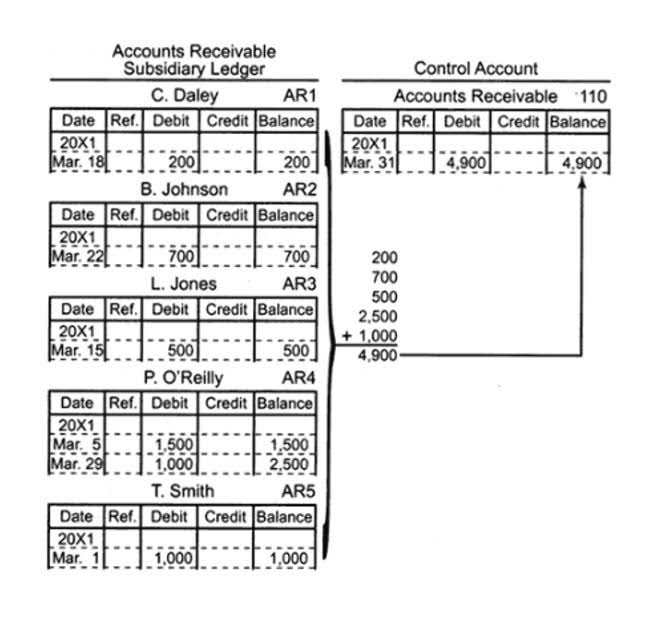
One version of a supplier might have an outdated address, another might use an old tax ID—leading to payment errors and compliance risks. Up-to-date and verified vendor data is key to remaining compliant with regulations such as tax laws, GDPR, and anti-corruption standards. With clean, accurate data, businesses are better equipped to meet industry regulations, protect sensitive information. When vendor information is organised and easy to access, procurement processes are streamlined, and payments are processed on time. Accurate banking details, payment terms, tax IDs, and contact information allow for fewer invoice discrepancies and faster approvals. In today’s blog post, we’ll explore why maintaining vendor master data management best practices an accurate and up-to-date vendor master file is so essential.

Vendor master file management services: how can eftsure help?

Effectively, this can help you identify more opportunities involving potential suppliers. This helps you reduce cost, and further optimize the direction of the company. Implementing an effective SMDM is crucial for a company that wants to organize its suppliers. This can further help them with opening opportunities, and recognizing potential risks that AI in Accounting need avoiding.
Master Data Governance Factors
Your purchase department will use this data to easily coordinate with vendors to ensure on-time delivery. Dive into our collection of expert insights, industry guides, and thought leadership pieces. From practical tips to in-depth explorations, our blogs and guides are designed to help you stay ahead in the ever-evolving world of SAP solutions, data management and digital transformation. You should collect W-9s from all vendors, even if you aren’t sure which ones you’ll be reporting on. If you don’t get a W-9 before you begin work together, at least make sure you have one on file before you issue the first payment to the vendor. Before this payment, you should also run the W-9 data through the IRS TIN Matching program to get a match or correct mismatches.
Be Aware of Risks
In the next two parts of this series, we will explore the process of Vendor Master File clean-up, and post-clean-up strategies to maintain data integrity. As a result, many Accounts Payable departments delay dealing with the issue. For suppliers with multiple locations, it is important to ensure you register the Australian headquarters, rather than a branch or department address. This practice should be followed even if your contact is based at a location other than the headquarters. In many organisations, once a supplier is onboarded into a Vendor Master File, they typically stay there forever.

#7 Conducting Regular Audits For Security And Compliance

And don’t delay – many times, if you wait until you’re live on S/4HANA, it’s almost too late. On day one, people will start creating master data, so if you don’t have this in place from the start, you’re setting yourself up for potential difficulties. Having accounting a standard methodology – complete with tools, processes, rules, and data conversion routines – is crucial. This way, we can hope for a rinse-and-repeat scenario where we can apply this approach again and again. As for the S/4HANA customers you asked about, I’ve found that the conversion of business partner data is a significant and often tricky task. In S/4HANA, we see our customers and vendors through the business partner model.
- Determine what specific outcomes you want to achieve and how vendor data will support those goals.
- Without a reliable, comprehensive VMM, you would have countless siloed data sets, making vendor data management even more complex and time-intensive.
- Master data is the data accumulated via the core business entities you use to run your business or organization.
- With high-end vendor master data, you can also automate orders or avoid duplicate payments.
- Ongoing vendor master file maintenance is a challenge that many organizations struggle with.
How to Choose the Right Data Quality Tool?
- Vendor management is very indispensable in deciding which vendors would provide the best service in accordance with the companies’ needs.
- To start assessing supplier compliance and risk, for example, once you have started a business relationship, is counter-productive.
- With an organized master data file, your vendor master data management processes will be simple and scalable.
- Usually, it begins with a request for information, a process to smoothen their transaction by providing the necessary data.
If this risk occurs, it will also cause the loss of customers due to poor security from your part. In managing vendors, one of the recommended strategies is constant assessments and monitoring on vendors. Monitoring your vendors on regular basis may prevent any malicious threats from happening.

Having established rules for how data should be encoded in the master vendor file, as per Part 1, you now need to ensure all staff members receive training in order to adhere to those consistent standards. Firstly, ensure that all the rules are documented in a comprehensive manual. This should be approved by the CFO, and it needs to be clear to all your team that adherence to these rules is mandatory, with consequences for repeated or deliberate deviation from them. In fact,maintaining it is one of the daily hurdles that SMDM tackles.The procurement team needs to deal with it consistently. Lastly, SMDM helps you recognize more risks, with data being more consistent and available. This ensures that everything is up to date and helps make operations more efficient.

